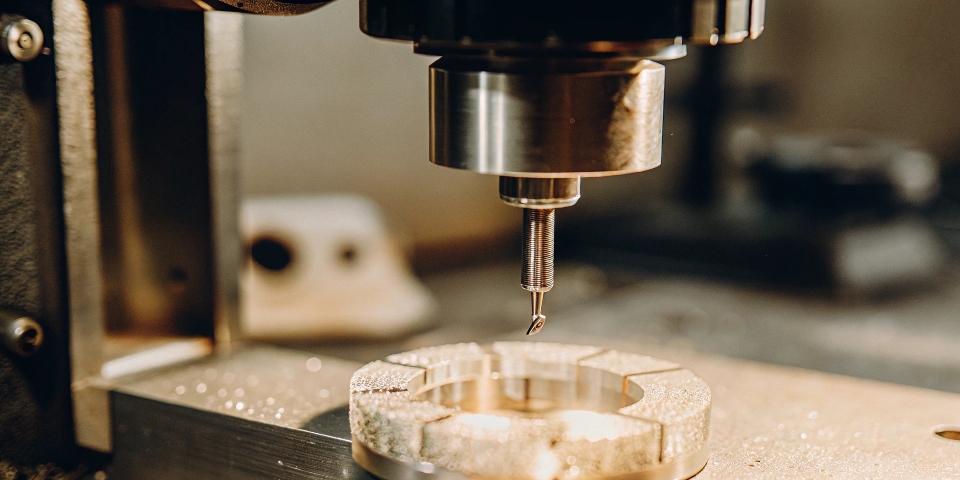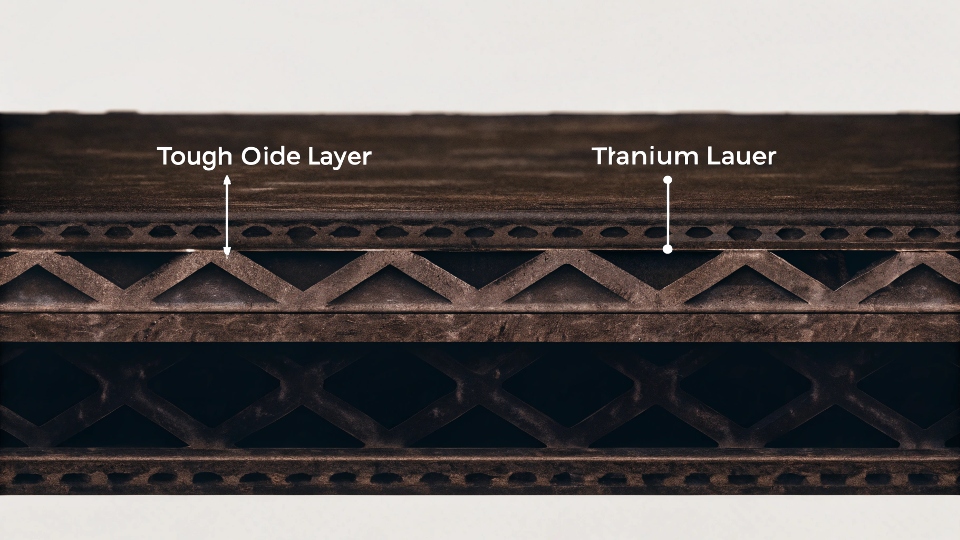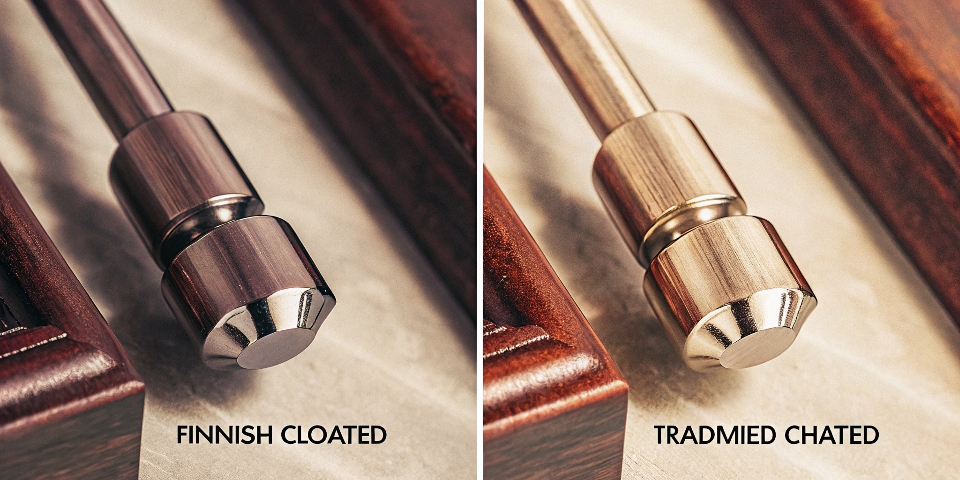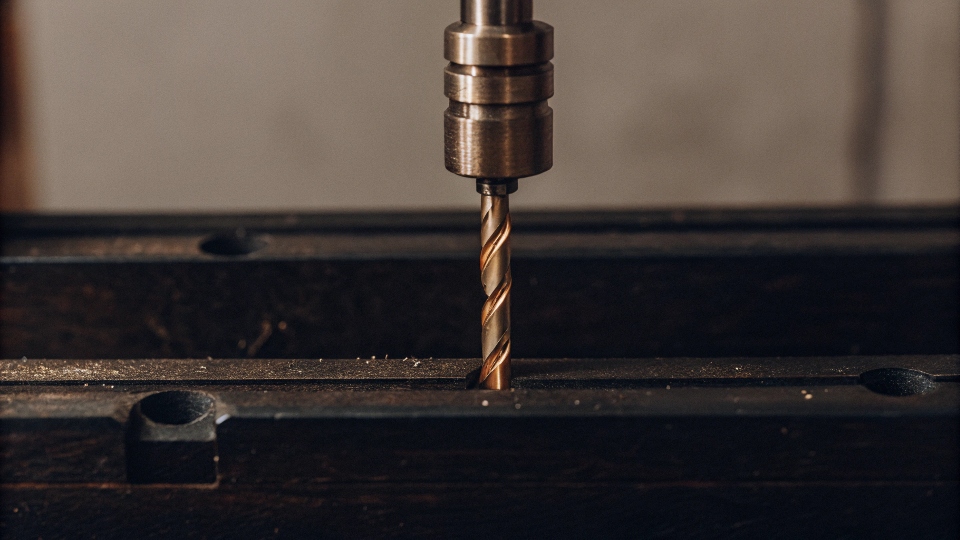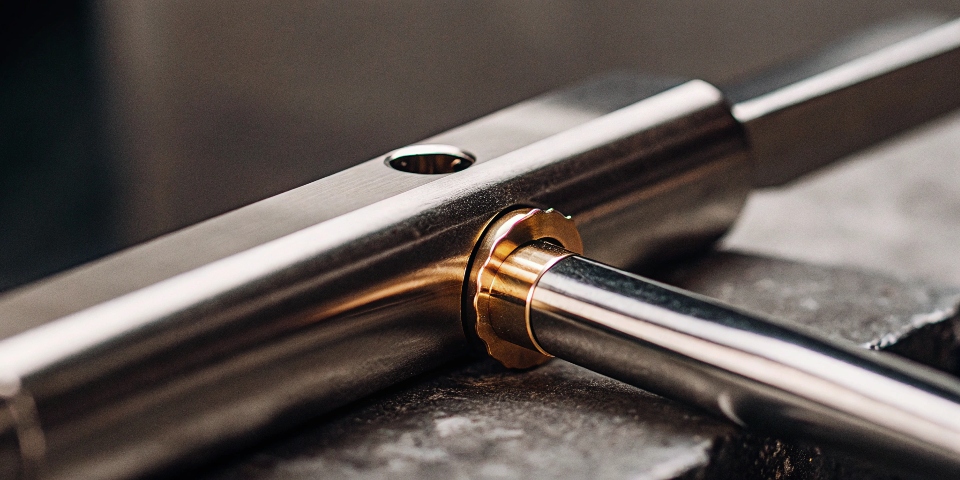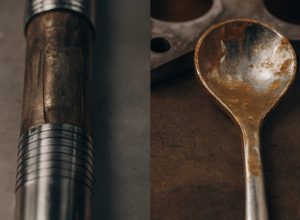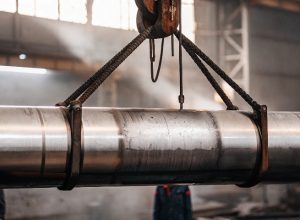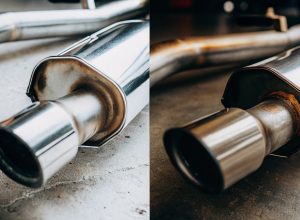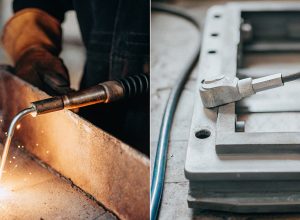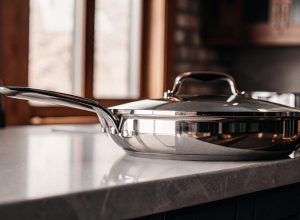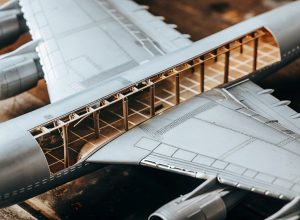Struggling with coatings that flake off titanium? This common issue wastes time and money. The solution lies in specialized surface preparation before any plating is even attempted.
Yes, titanium can be plated, but it requires special preparation. Titanium’s natural, self-healing oxide layer prevents coatings from sticking. To succeed, this layer must be removed or modified using methods like chemical activation or vacuum processes before the final coating is applied.
You have likely heard that plating titanium is a difficult task, and you are right. But "difficult" does not mean "impossible." The challenges are well-understood in the industry, and so are the solutions. This is a topic I discuss often with clients like David, a procurement manager in Germany who needs reliable components for industrial equipment. He cannot afford for a coating to fail in the field. Let’s break down the most common questions I hear about applying different coatings to titanium so you can make informed sourcing decisions.
Can titanium be plated?
Finding that your coatings just will not stick to titanium parts? This happens because of a tough, invisible oxide layer that forms instantly. Proper surface activation is the key.
Yes, titanium can be successfully plated. The main challenge is its passive oxide layer, which prevents good adhesion. Following standards like ASTM B600, surface preparation methods like chemical etching or vacuum activation are used to ensure the plated layer bonds strongly and permanently.
The Main Challenge: Titanium’s Protective Layer
The moment titanium is exposed to air, it forms a very thin, stable, and non-porous layer of titanium dioxide (TiO2). This is fantastic for corrosion resistance, which is why we love using it in the chemical and aerospace industries. But this same layer is a major problem for plating. It acts as a barrier, preventing the new metal coating from forming a strong, direct metallic bond with the titanium underneath. Any coating applied directly over this oxide layer will almost certainly peel or flake off with even minimal stress. Failure is not an option for critical parts.
Solutions for Proper Surface Preparation
To get a coating to stick, you must first deal with the oxide layer. Industry standard ASTM B6001 describes several ways to do this. These methods are designed to activate the surface, making it ready to accept a new coating.
| Method | Description | Best For |
|---|---|---|
| Chemical Activation | Uses a strong acid mixture, often including hydrofluoric acid, to chemically remove the oxide layer. | General plating preparation, but requires expert handling due to hazardous materials. |
| Vacuum Activation | The part is cleaned inside a vacuum chamber, stripping away the oxide layer with plasma or ion beams just before the coating is applied. | High-performance coatings like PVD, as it provides an ultra-clean surface for superior adhesion. |
Our Focus at Shaanxi Titonest Metal
At my company, Shaanxi Titonest Metal, we do not perform plating services ourselves. Our expertise is in producing the highest quality titanium bars, sheets, and forgings. However, we often recommend anodizing as an alternative surface treatment we can provide. Anodizing actually enhances the natural oxide layer, making it thicker and more durable. It is a great way to add color for identification or improve wear resistance without the adhesion risks of plating.
Can titanium be chromed?
Do you need the bright, reflective finish of chrome on your strong titanium parts? Traditional chrome plating2 often fails, leading to chipping and peeling under physical stress or temperature changes.
Yes, it is possible to put a chrome finish on titanium, but it requires an intermediate "strike" layer, usually nickel, to help the chrome adhere. A more modern and durable solution for a chrome-like finish is a Physical Vapor Deposition (PVD) coating.
The Traditional Method: Using a Nickel Strike
The classic way to electroplate chrome onto titanium involves a multi-step process. First, the titanium surface is activated to remove the oxide layer. Second, a thin, adhesive layer of nickel is electroplated onto the titanium. This is called the "nickel strike3." Finally, the chrome layer is plated on top of the nickel. The nickel acts as a compatible bridge, bonding to the titanium on one side and providing a good surface for the chrome to bond to on the other. I remember a client who insisted on this method for a set of decorative automotive parts. Even with a specialist plater, they began seeing small flakes peel off after just one season of temperature changes.
Why Traditional Chrome Plating Can Fail
The biggest risk comes from the different properties of the three metals. Titanium, nickel, and chrome all expand and contract at different rates when heated or cooled. This difference creates internal stress at the bonding layers. Over time, or in applications with frequent temperature cycles, this stress can cause the layers to separate, a process called delamination. The result is peeling, flaking, or bubbling of the chrome finish. For this reason, I do not recommend traditional chrome plating for any part that will be used in a demanding environment.
A Better Alternative: PVD Coatings
A far more reliable way to get a chrome-like finish on titanium is with Physical Vapor Deposition (PVD). This is a vacuum coating process where a material like Chromium Nitride (CrN) is deposited onto the titanium surface atom by atom. PVD creates a direct, molecular bond, which is much stronger than the mechanical bond of electroplating. The resulting finish is not only visually similar to chrome but is also harder, more corrosion-resistant, and will not peel or flake. For most applications, PVD is the superior engineering choice.
Can titanium be hard chromed?
Are you trying to add extreme surface hardness to titanium using hard chrome plating? This is a very challenging process because the bond is often weak and likely to fail in high-wear applications.
Technically, yes, but hard chroming titanium is not a good idea and is rarely recommended. The adhesion is very poor. For superior hardness and wear resistance, a Titanium Nitride (TiN) coating applied via PVD is a much more reliable and effective solution.
The Adhesion Problem with Hard Chrome
Hard chrome is a thick coating applied for functional purposes, mainly to increase wear resistance. The process itself creates a lot of internal stress in the chrome layer. This stress constantly tries to pull the coating away from the surface it is on. When that surface is titanium, which already presents bonding challenges, the likelihood of failure is extremely high. The hard chrome layer will almost certainly crack and flake off when put under mechanical load or impact. My client David, the procurement manager, once asked about this for a wear-resistant shaft. I strongly advised him against it, as a coating failure in his machinery would be catastrophic.
The Superior Solution: Titanium Nitride (TiN)
For any application that requires adding surface hardness to titanium, the industry standard is to use a PVD coating like Titanium Nitride (TiN). TiN is a ceramic material that is applied in a thin layer using the PVD process. It creates an incredibly strong bond with the titanium. The difference in performance is significant.
| Feature | Hard Chrome on Titanium | TiN Coating on Titanium |
|---|---|---|
| Adhesion | Poor, prone to flaking | Excellent, molecular bond |
| Hardness (HV) | ~800-1000 HV | ~2000-2300 HV |
| Durability | Low | Very High |
| Typical Use | Not Recommended | High-wear parts, tools, medical implants |
The hardness is measured on the Vickers scale (HV), where a higher number is better. As you can see, TiN is more than twice as hard as hard chrome and forms a much stronger bond. It provides a durable, reliable surface perfect for high-wear situations.
Can you gold plate titanium?
Do you want to combine the elegant appearance of gold with the high strength of titanium? Direct gold plating is not possible, but specialty processes make it a durable and beautiful option.
Yes, you can gold plate titanium. It is common for high-end applications like medical implants and luxury jewelry. The process requires an intermediate barrier or strike layer, such as nickel or palladium, to ensure the gold adheres permanently to the titanium surface.
Methods for Gold Plating Titanium
Because gold will not stick directly to titanium’s oxide layer, an intermediate step is always needed. The two most common professional methods are chemical plating and vacuum deposition. Chemical plating involves first activating the titanium surface, then applying a strike layer of another metal like nickel or palladium. The gold layer is then plated on top of this strike layer. For jewelry, nickel is common. For medical parts, palladium is often preferred because it is hypoallergenic. The other method is PVD, where a thin layer of gold is vaporized and deposited directly onto the prepared titanium in a vacuum. This creates a very pure and strong bond.
Key Application: Medical Implants
One of the most important uses for gold-plated titanium is in the medical field. Gold is extremely biocompatible, meaning the human body does not react to it. Titanium is also biocompatible and has excellent strength. By plating a thin layer of gold onto a titanium implant, such as a pacemaker casing or a dental screw, manufacturers get the best of both worlds: titanium’s strength and gold’s inertness. This is a critical area for my team at Shaanxi Titonest Metal. While we do not perform the plating, we supply the ISO 10993 certified medical-grade titanium that medical device companies use for these life-saving products. The quality of the base material is just as important as the quality of the plating.
Conclusion
Plating titanium is complex due to its oxide layer but is possible with correct surface preparation. For best results, consider modern PVD coatings4 over traditional plating for superior adhesion and durability.
-
Familiarize yourself with ASTM B600 to understand the standards for titanium surface preparation and plating. ↩
-
Investigate the challenges associated with chrome plating on titanium and explore better alternatives. ↩
-
Learn about the nickel strike process and its importance in achieving a successful chrome finish on titanium. ↩
-
Understand the advantages of PVD coatings over traditional methods for enhancing titanium surfaces. ↩

